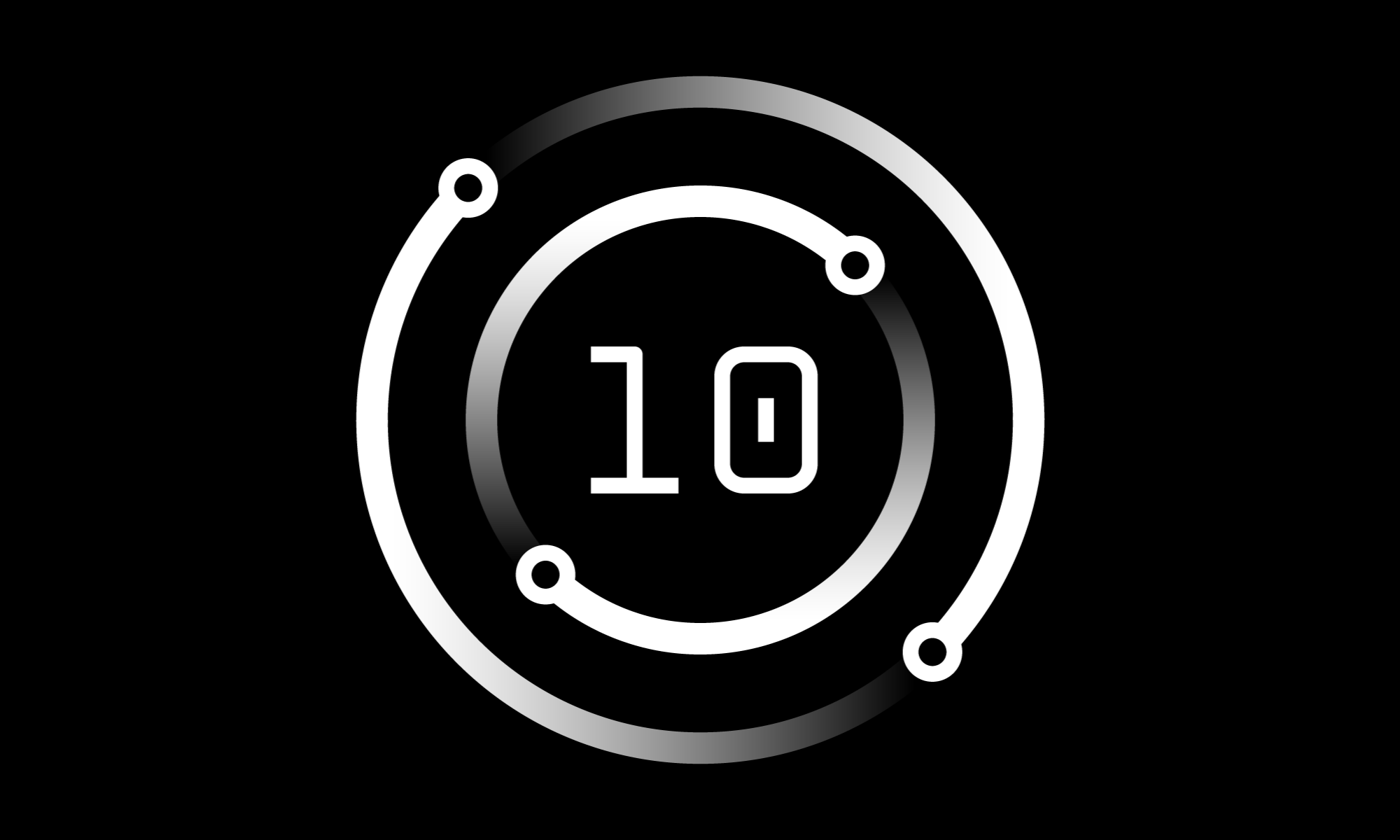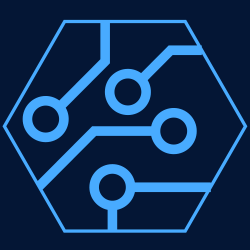- Master AI Value Creation: Become an AI-First Organizationby IBM on 2025-05-05 at 11:25
Learn what it takes to be an AI Value Creator. And why it matters so much now. Read the book here → https://ibm.biz/BdnP8kRob Thomas, IBM Senior Vice President and Software and Chief Commercial Officer, explores the AI Value Creator approach, emphasizing the importance of organization’s proprietary data as the foundation for AI success. Discover how to transform your business by becoming an AI-first organization, leverage generative models to boost productivity and drive strategic outcomes. 🚀AI news moves fast. Sign up for a monthly newsletter for AI updates from IBM → https://ibm.biz/BdnP86#ai #datadriven #aiproductivity #businesstransformation #aivaluecreator #ibm
- GenAI for Procurement: ROI & Strategyby IBM on 2025-04-28 at 16:14
Explore how GenAI empowers procurement leaders to drive ROI and transform supply chains. Read the report here → https://ibm.biz/BdnZ3QUnlock GenAI’s impact on procurement ROI 🌟. Explore use cases like supplier monitoring & compliance to drive supply chain transformation. Watch now!AI news moves fast. Sign up for a monthly newsletter for AI updates from IBM → https://ibm.biz/BdnZ33
- 5 Types of AI Agents: Autonomous Functions & Real-World Applicationsby IBM Technology on 2025-04-28 at 11:23
Ready to become a certified watsonx Generative AI Engineer? Register now and use code IBMTechYT20 for 20% off of your exam → https://ibm.biz/BdnZTFLearn more about Types of AI agents here → https://ibm.biz/BdnZTECan a drone deliver packages safely and efficiently? 🤖 Martin Keen breaks down the 5 types of AI agents—from reflex to learning models—and their role in robotics, decision-making, and automation. Learn how goal-driven and utility-based AI adapt to workflows and complex environments.AI news moves fast. Sign up for a monthly newsletter for AI updates from IBM → https://ibm.biz/BdnZTX#aiagents #machinelearning #ai
- Protecting HR Data: GenAI for Automation and ESG Reportingby IBM on 2025-04-28 at 11:10
Want to learn more about KuppingerCole Analysts Leadership Compass for Data Security Platforms 2025? Read the Report here → https://ibm.biz/Bdnic7Learn more about Securing Generative AI Solutions here → https://ibm.biz/BdnjQCHow can HR leaders use GenAI to protect sensitive data? Distinguished Engineer Grant Miller shares strategies for automating HR processes, securing PII, and generating ESG reports responsibly. Discover how GenAI drives efficiency, privacy, and compliance for smarter HR operations. 🌟Read the Cost of a Data Breach report → https://ibm.biz/BdniBc#genai #aiinhr #datasecurity
- IBM’s open-source TerraMind AI uses 9 data modalities to transform Earth observationby Mike Wheatley on 2025-04-22 at 04:05
IBM Corp. is partnering with the European Space Agency to create an artificial intelligence system that will keep tabs on climate change and other global issues, such as water scarcity, in real time using space-based data. IBM says the new system, called TerraMind, is the most advanced “Earth observation” model ever conceived, and it’s being The post IBM’s open-source TerraMind AI uses 9 data modalities to transform Earth observation appeared first on SiliconANGLE.


